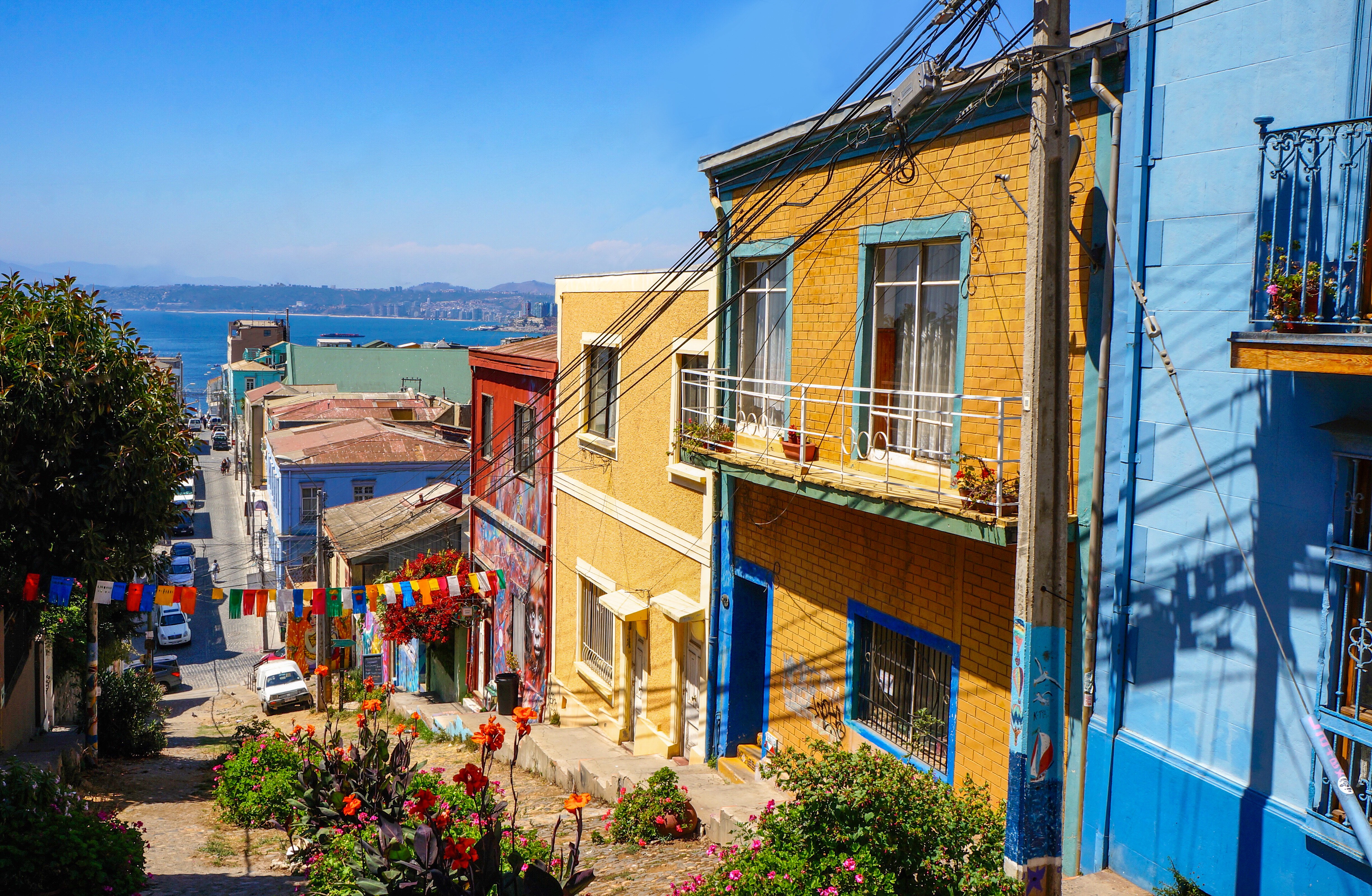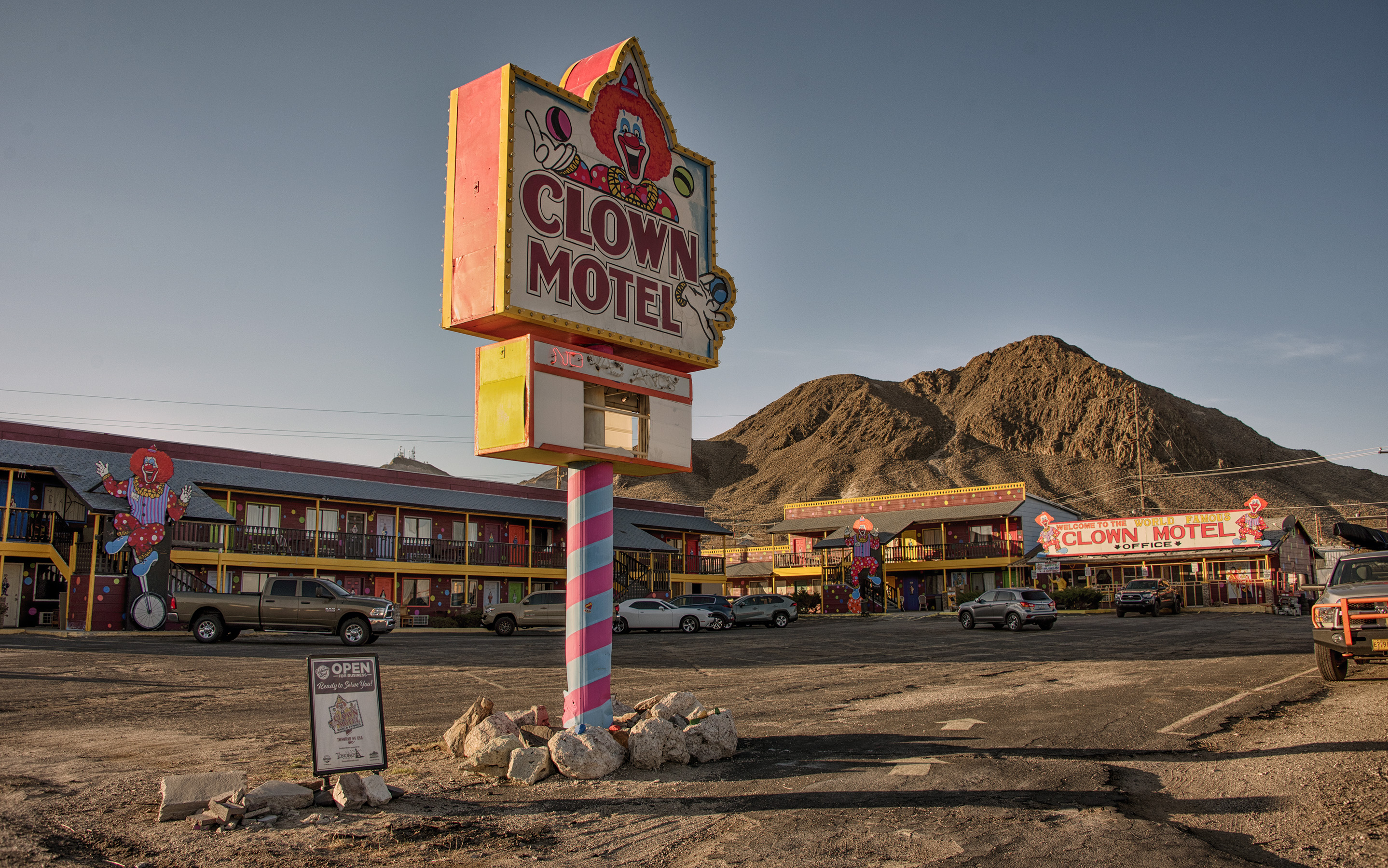The Eternal City: 35 Local Secrets to Unlock the Magic of Rome
Rome isn’t just a city—it’s a living palimpsest, written and rewritten across millennia. While its icons—the Colosseum, the Vatican, the Trevi Fountain—draw the crowds, the real Rome reveals itself in moments far from the spotlight: a weathered keyhole framing a distant dome, a bakery where the same family has kneaded dough for generations, a hidden courtyard humming with silence. To experience Rome like a local is to follow the threads others overlook—to trade itineraries for instincts. We've expanded our list to 35 unique, soul-stirring ways to engage with the Eternal City as it truly is: layered, alive, and full of whispers. These aren’t just tips—they're keys. And each one unlocks a version of Rome that’s more intimate, more textured, and infinitely more yours. Whether it’s your first time or your return pilgrimage, Rome still has stories to tell. All you have to do is wander off the map.
1. Trastevere: The Soul of Rome

Trastevere, with its labyrinthine streets and bohemian vibe, is an enclave that captures the true spirit of Rome. This neighborhood, located across the Tiber River, offers a glimpse into the city's past while embracing a lively contemporary culture. As you wander through its cobblestone streets, you'll find hidden gems at every turn, from quaint trattorias serving authentic Roman cuisine to artisan shops showcasing local crafts. The Basilica of Santa Maria in Trastevere, with its stunning mosaics, stands as a testament to the area's historical significance. Trastevere's vibrant nightlife, characterized by bustling bars and live music venues, invites you to experience Rome's social heartbeat. Here, locals and travelers alike gather to share stories, creating a sense of community that is quintessentially Roman.
2. Testaccio: A Culinary Odyssey

Testaccio, often overshadowed by more famous neighborhoods, is a culinary haven waiting to be discovered. Known as the birthplace of Roman cuisine, this district offers a feast for the senses. The Testaccio Market is a must-visit, where you can sample everything from fresh produce to traditional dishes like supplì and porchetta. The neighborhood's history is deeply intertwined with its food culture, as seen in the ancient Monte dei Cocci, a hill made entirely of broken amphorae. Dining in Testaccio means indulging in the flavors of the past, with restaurants like Flavio al Velavevodetto offering classic Roman dishes prepared with time-honored techniques. Whether you're a food enthusiast or a curious traveler, Testaccio provides a genuine taste of Rome's culinary heritage.
3. Aventine Hill: A Serene Escape
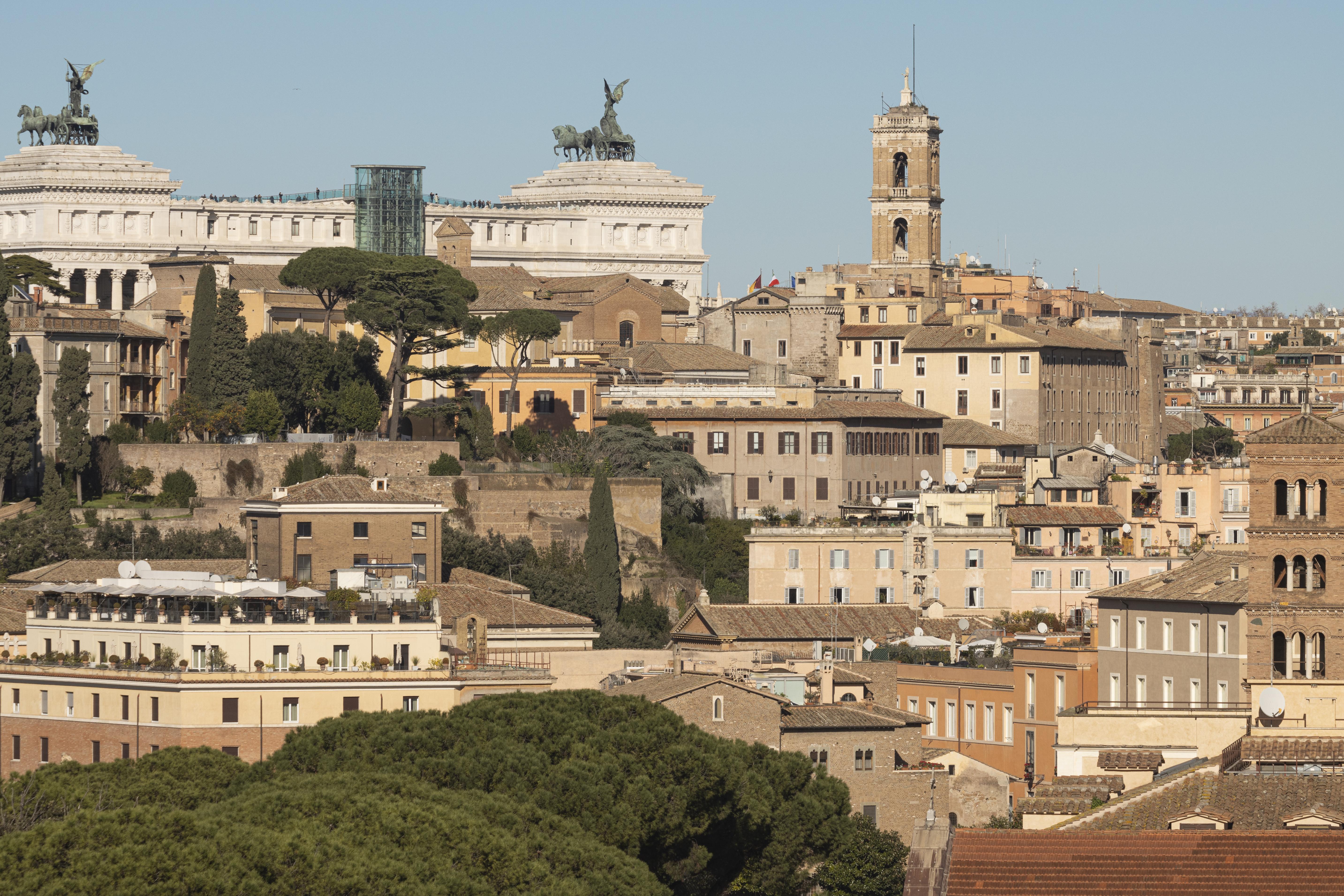
For a moment of tranquility amidst the bustling city, Aventine Hill offers a serene escape with breathtaking views. This residential area is home to some of Rome's most beautiful gardens and hidden spots. The Orange Garden, or Giardino degli Aranci, is a peaceful oasis where you can enjoy panoramic vistas of the city. Nearby, the famous keyhole of the Knights of Malta offers a unique perspective of St. Peter's Basilica, perfectly framed through a garden gate. Aventine Hill's charm lies in its quiet streets and historic churches, such as Santa Sabina, one of Rome's oldest basilicas. A visit here is a chance to slow down and appreciate the quieter side of Rome, where history and nature coexist harmoniously.
4. Campo de' Fiori: A Market and More
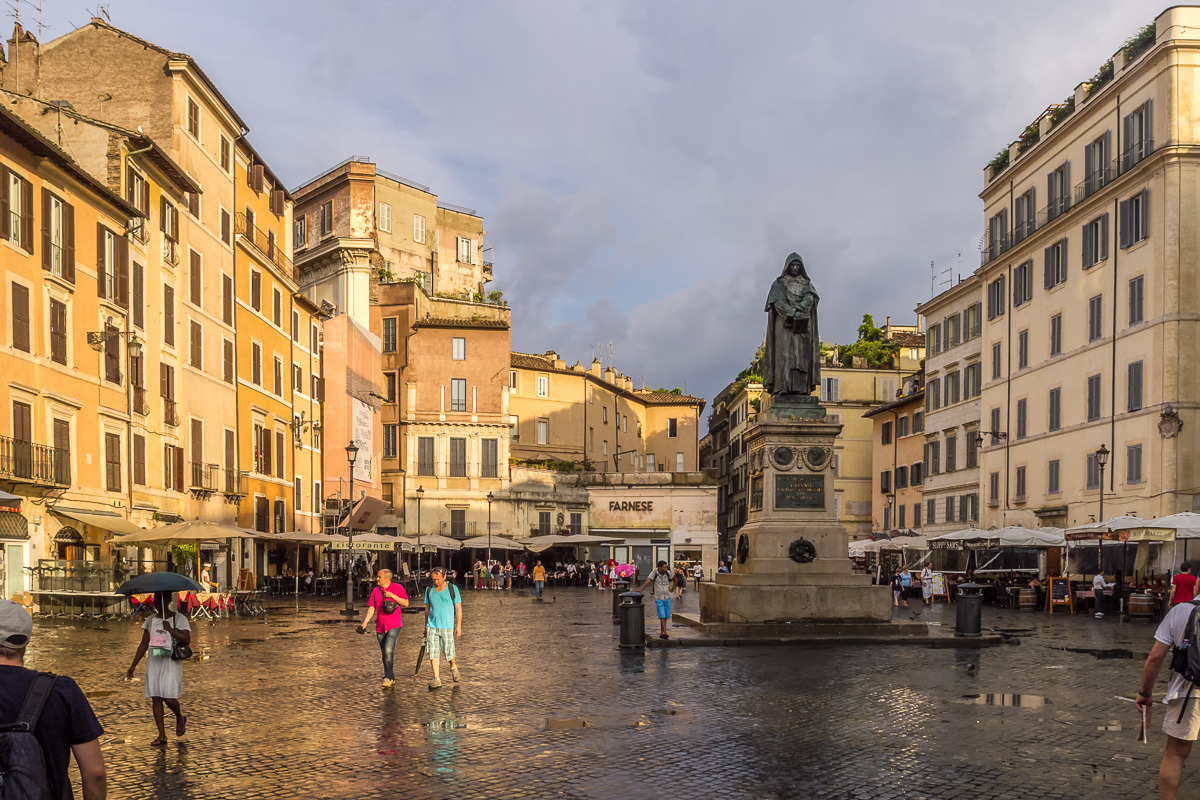
Campo de' Fiori is more than just a bustling market; it's a vibrant hub of Roman life. By day, the square is filled with stalls selling fresh produce, flowers, and local delicacies. It's the perfect place to experience the colors and aromas of Rome, as vendors call out their wares and locals haggle for the best prices. As the sun sets, Campo de' Fiori transforms into a lively social scene, with bars and cafes filling the square. The statue of Giordano Bruno, a philosopher who was executed here, stands as a reminder of the square's historical significance. Whether you're shopping for ingredients or enjoying an aperitivo, Campo de' Fiori offers a dynamic slice of Roman culture.
5. The Jewish Ghetto: A Historical Journey
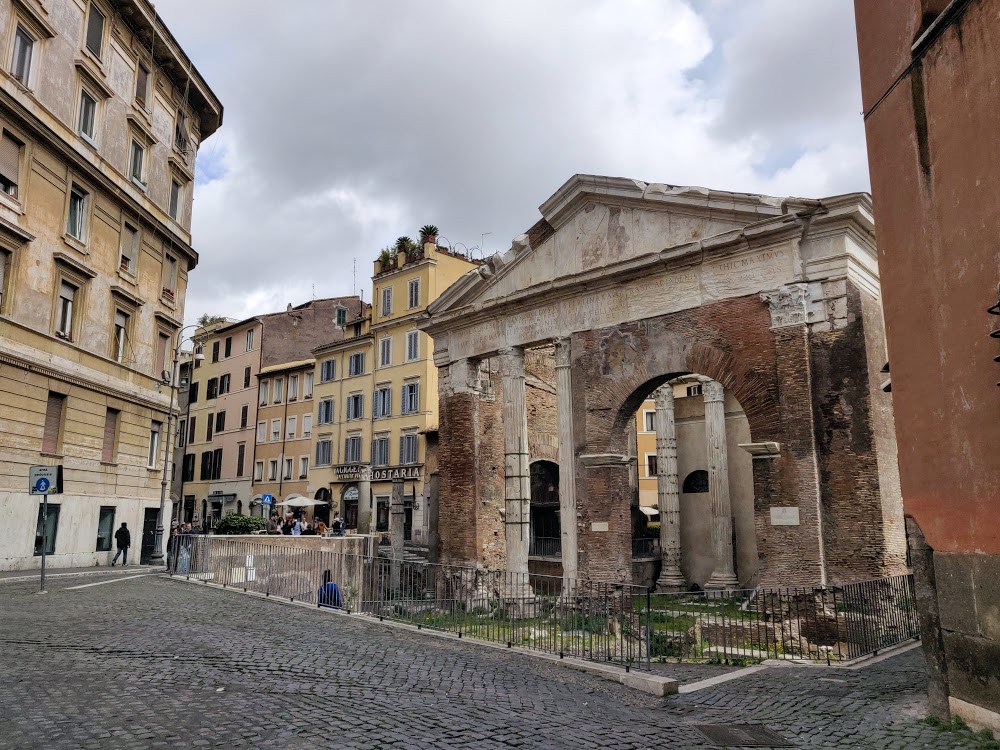
The Jewish Ghetto of Rome is a testament to the city's diverse cultural heritage. Established in 1555, this area is steeped in history and tradition. As you explore its narrow streets, you'll discover a rich tapestry of stories and architectural wonders. The Great Synagogue of Rome, with its stunning Art Nouveau design, is a focal point of the community. The ghetto is also renowned for its unique cuisine, with restaurants serving traditional Jewish-Roman dishes like carciofi alla giudia (Jewish-style artichokes). Walking through the Jewish Ghetto is a journey through time, offering insights into the resilience and contributions of Rome's Jewish community. It's a place where history is not just remembered but lived, as the past and present intertwine seamlessly.
6. Villa Borghese: Art and Nature
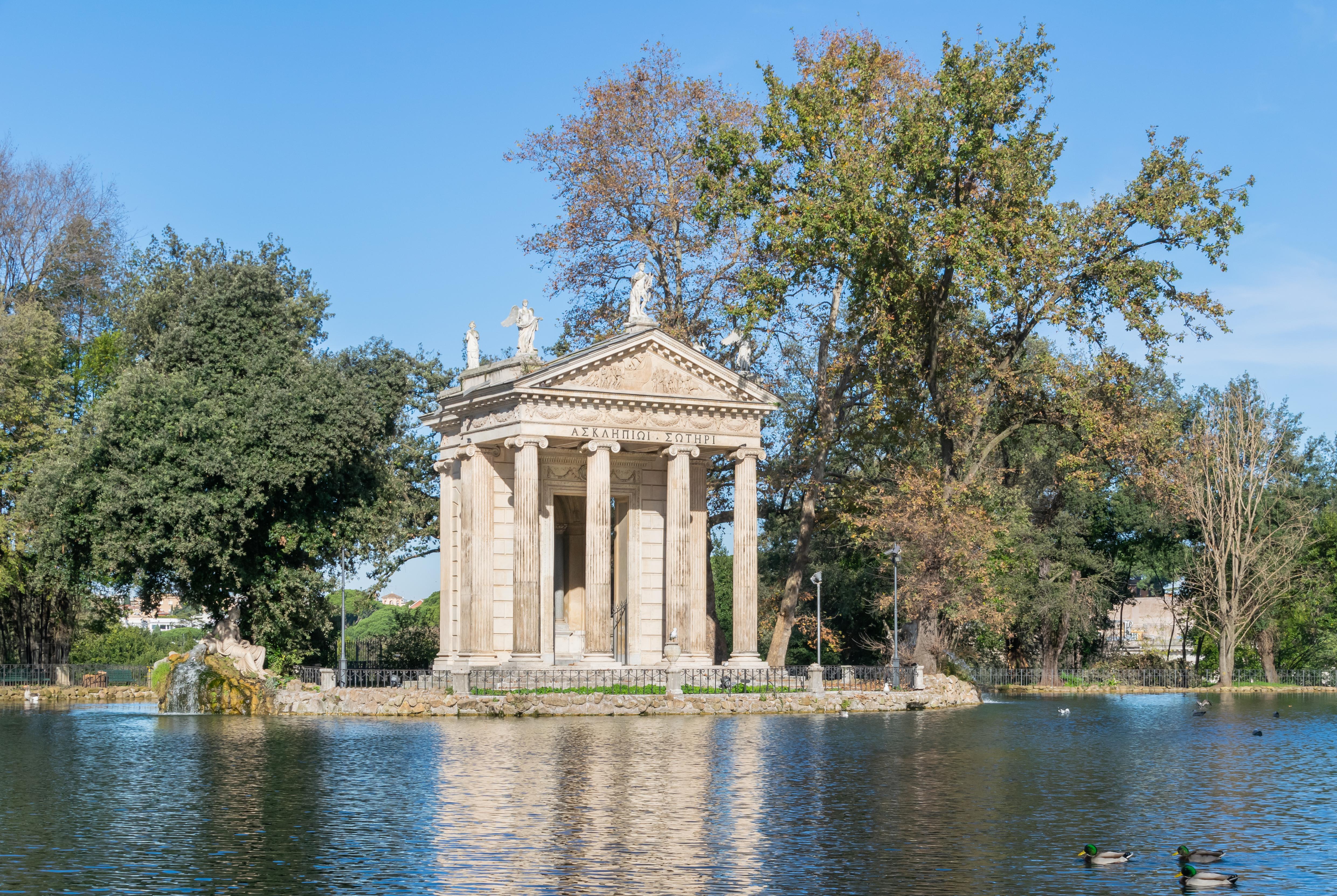
Villa Borghese, one of Rome's largest public parks, is a sanctuary of art and nature in the heart of the city. Spanning over 80 hectares, the park offers a myriad of attractions for visitors to explore. The Galleria Borghese, housed within the park, is a treasure trove of masterpieces by artists like Caravaggio, Raphael, and Bernini. Beyond its cultural offerings, Villa Borghese is a haven for outdoor enthusiasts, with its lush gardens, tranquil lakes, and scenic pathways. Whether you're admiring the art collections or enjoying a leisurely bike ride, the park provides a refreshing escape from the urban hustle. Villa Borghese is a testament to Rome's commitment to preserving its artistic heritage while embracing the natural beauty that surrounds it.
7. San Lorenzo: A Vibrant Student Hub

San Lorenzo, a district known for its youthful energy and artistic flair, is a vibrant hub that reflects the dynamic spirit of Rome. Home to Sapienza University, one of Europe's oldest and largest universities, San Lorenzo is a melting pot of cultures and ideas. The neighborhood's streets are adorned with colorful murals and street art, showcasing the creativity of its residents. San Lorenzo's lively atmosphere is palpable in its bustling cafes, trendy bars, and eclectic shops. It's a place where students, artists, and locals converge, creating a unique blend of innovation and tradition. Whether you're exploring its vibrant street art scene or enjoying a night out, San Lorenzo offers a glimpse into the contemporary pulse of Rome.
8. Appian Way: A Walk Through History
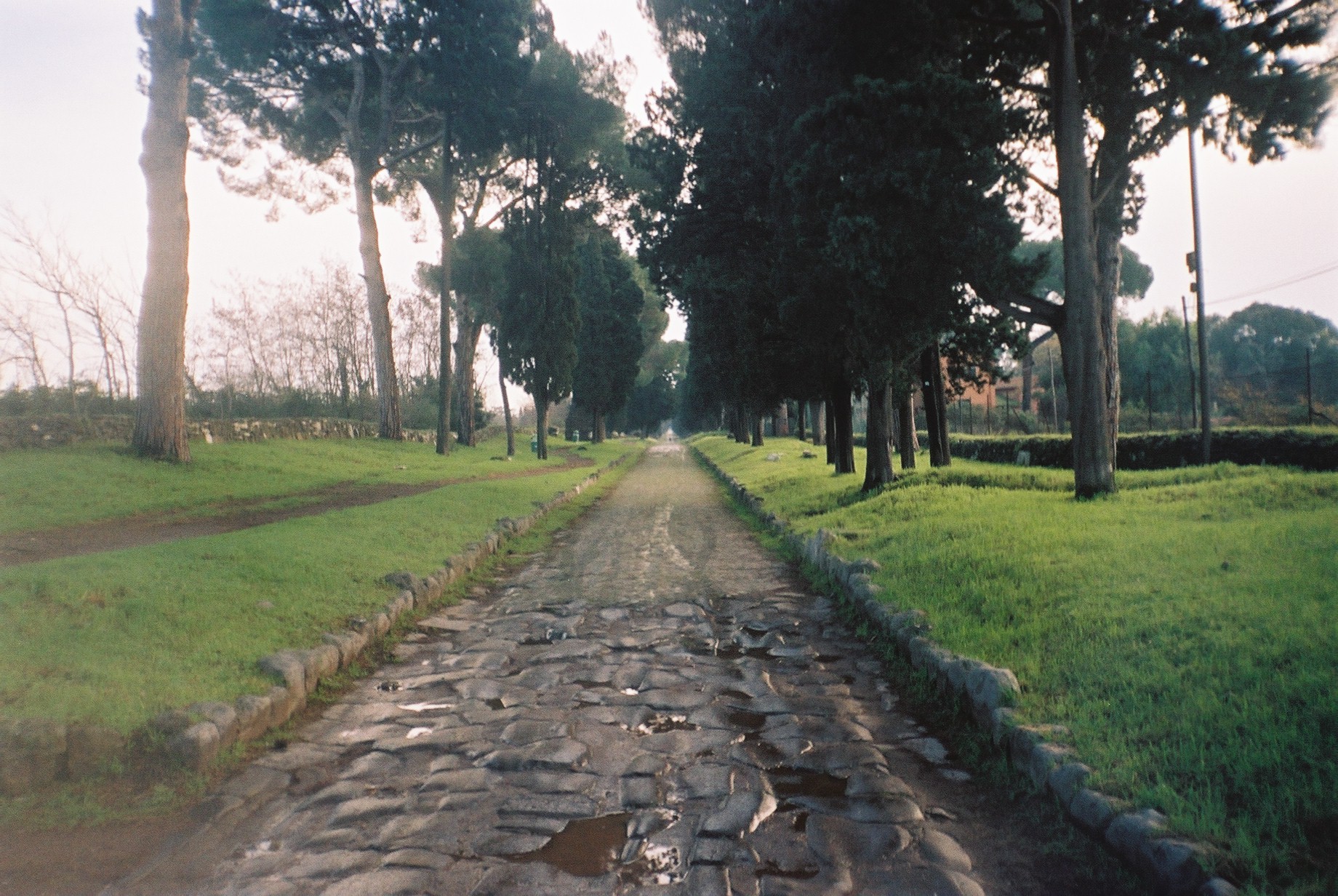
The Appian Way, or Via Appia Antica, is one of the oldest and most important roads of ancient Rome. Walking along this historic route is like stepping back in time, as you traverse the same path that emperors and armies once did. The road is lined with ancient ruins, catacombs, and mausoleums, offering a fascinating glimpse into the past. The Appian Way Regional Park provides a picturesque setting for a leisurely stroll or bike ride, with its scenic landscapes and historical landmarks. As you explore this ancient road, you'll uncover the stories of Rome's imperial past, from the grandeur of its architecture to the tales of those who once walked its cobblestones. The Appian Way is a testament to Rome's enduring legacy, where history is etched into every stone.
9. Ostiense: Industrial Chic
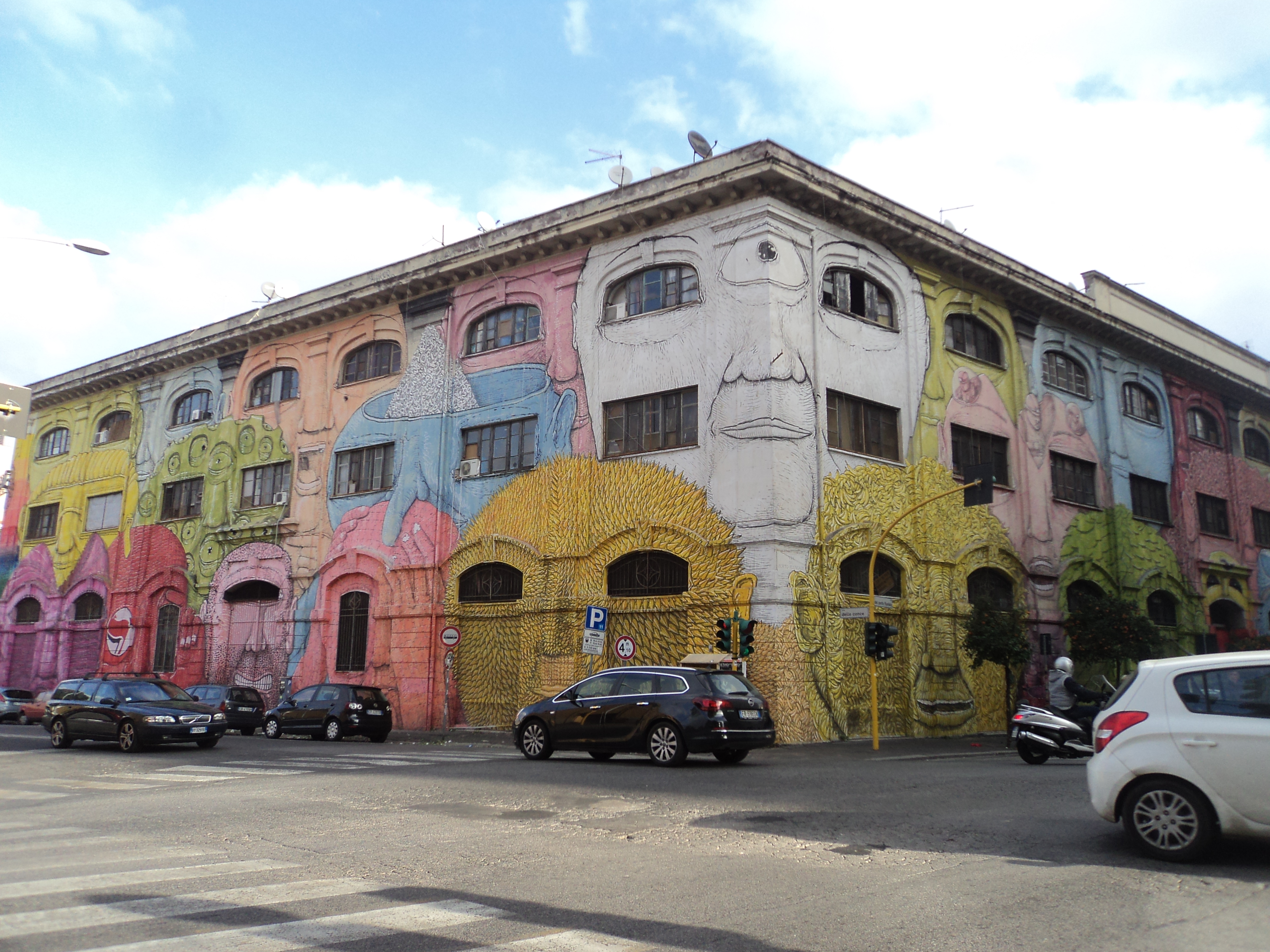
Ostiense, a district once known for its industrial roots, has transformed into a trendy neighborhood with a unique blend of history and modernity. The area's industrial past is evident in its architecture, with repurposed warehouses and factories now housing art galleries, restaurants, and cultural spaces. The iconic Centrale Montemartini Museum, a former power plant, showcases ancient sculptures amidst industrial machinery, creating a striking contrast. Ostiense is also home to the vibrant street art scene, with murals adorning the walls of its buildings. The neighborhood's culinary offerings are equally diverse, with a range of eateries serving everything from traditional Roman dishes to international cuisine. Ostiense's industrial chic vibe makes it a fascinating destination for those seeking a different side of Rome.
10. Coppedè: An Architectural Wonderland

Coppedè, a lesser-known gem in Rome, is an architectural wonderland that transports visitors to a fantastical world. This small district, designed by architect Gino Coppedè in the early 20th century, is a fusion of various architectural styles, from Art Nouveau to Baroque. The neighborhood's whimsical buildings, adorned with intricate details and imaginative motifs, create a surreal atmosphere. The central Piazza Mincio, with its striking Fountain of the Frogs, serves as the heart of Coppedè. Exploring this area feels like stepping into a fairy tale, where every corner reveals a new architectural marvel. Coppedè's unique charm lies in its ability to surprise and delight, offering a glimpse into the creative genius of its designer. It's a place where architecture becomes art, inviting visitors to experience Rome's eclectic beauty.
11. Garbatella: A Village Within the City
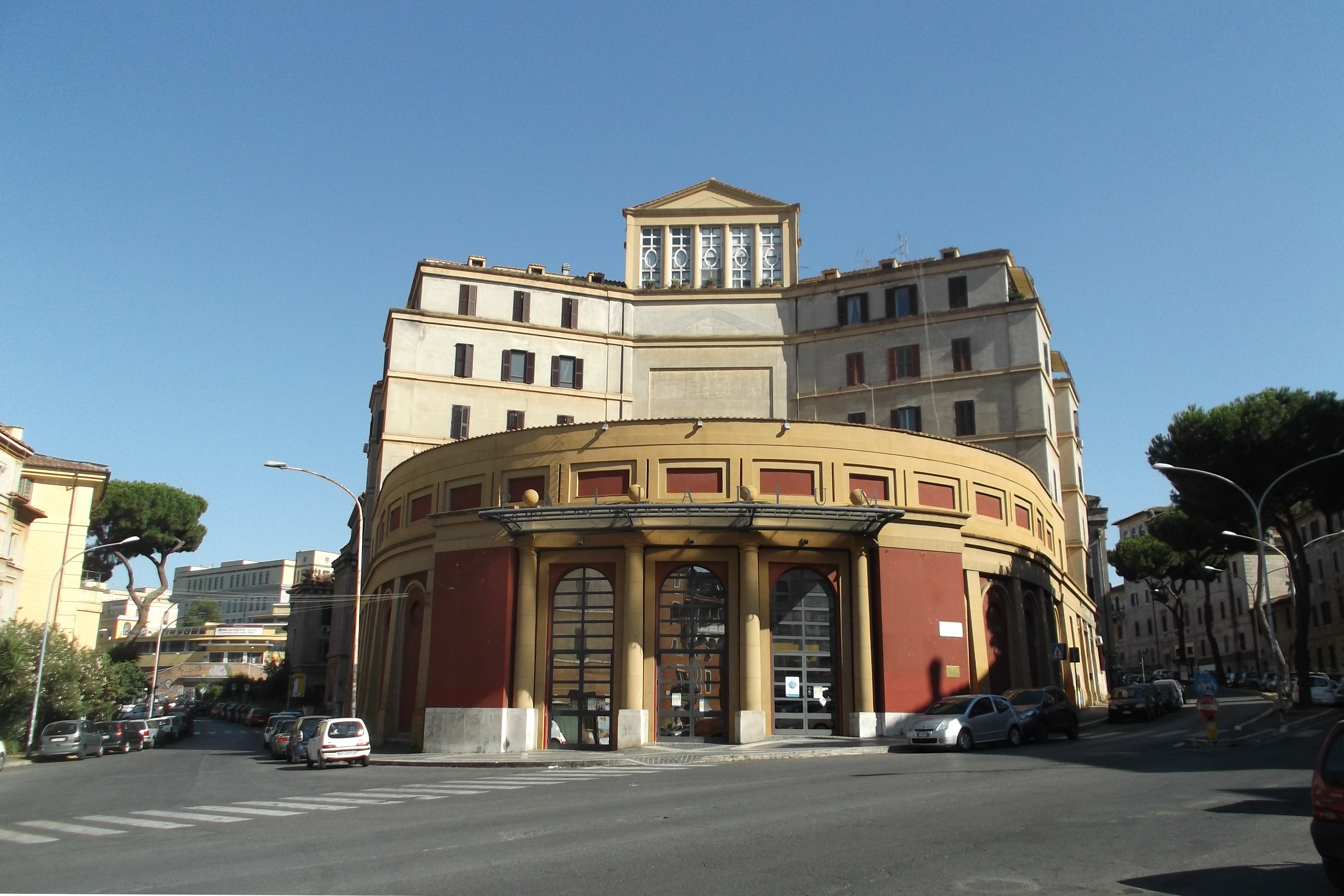
Garbatella, a charming neighborhood with a village-like atmosphere, offers a unique glimpse into the everyday life of Rome. Originally built as a garden suburb in the 1920s, Garbatella is characterized by its picturesque courtyards, lush gardens, and distinct architectural style. The neighborhood's sense of community is palpable, with locals gathering in its piazzas and markets. Garbatella's cultural offerings include theaters, galleries, and festivals, showcasing the area's artistic spirit. The neighborhood's history is also reflected in its architecture, with buildings that tell the story of Rome's urban development. Exploring Garbatella is like stepping into a different world, where the pace is slower, and the focus is on enjoying life's simple pleasures. It's a place that captures the essence of Rome's local charm, inviting visitors to experience its warmth and hospitality.
12. Monti: A Bohemian Retreat

Monti, one of Rome's oldest neighborhoods, is a bohemian retreat that offers a blend of history and contemporary culture. Nestled between the Colosseum and the Roman Forum, Monti is a haven for artists, creatives, and free spirits. The neighborhood's narrow streets are lined with vintage boutiques, artisan shops, and cozy cafes, creating a vibrant and eclectic atmosphere. Monti's cultural scene is equally diverse, with galleries, theaters, and live music venues offering a range of artistic experiences. The neighborhood's historic charm is evident in its ancient architecture, with remnants of Rome's past woven into its fabric. Exploring Monti is a journey through time, where the old and new coexist harmoniously. It's a place where creativity thrives, inviting visitors to immerse themselves in its bohemian spirit.
13. Prati: Elegance and Sophistication

Prati, a district known for its elegance and sophistication, offers a refined experience for those seeking a more upscale side of Rome. Located near the Vatican, Prati is characterized by its wide boulevards, stylish boutiques, and stately architecture. The neighborhood's shopping scene is a highlight, with high-end fashion stores and artisanal shops offering a range of luxury goods. Prati's culinary offerings are equally impressive, with gourmet restaurants and chic cafes serving exquisite cuisine. The neighborhood's cultural attractions include the Vatican Museums and Castel Sant'Angelo, providing a wealth of artistic and historical experiences. Prati's sophisticated ambiance makes it a desirable destination for discerning travelers, offering a taste of Rome's refined elegance.
14. Pigneto: The Hipster Haven

Pigneto, a vibrant and eclectic neighborhood, is a hipster haven that embodies the creative spirit of Rome. Known for its artistic flair and alternative culture, Pigneto is a melting pot of ideas and influences. The neighborhood's streets are adorned with colorful murals and street art, reflecting the creativity of its residents. Pigneto's nightlife is equally dynamic, with a range of bars, clubs, and live music venues offering a diverse array of entertainment options. The neighborhood's culinary scene is a highlight, with trendy eateries and food markets serving innovative dishes and international cuisine. Pigneto's unique charm lies in its ability to surprise and inspire, offering a fresh perspective on Rome's cultural landscape.
15. The Tiber Island: A Riverside Gem
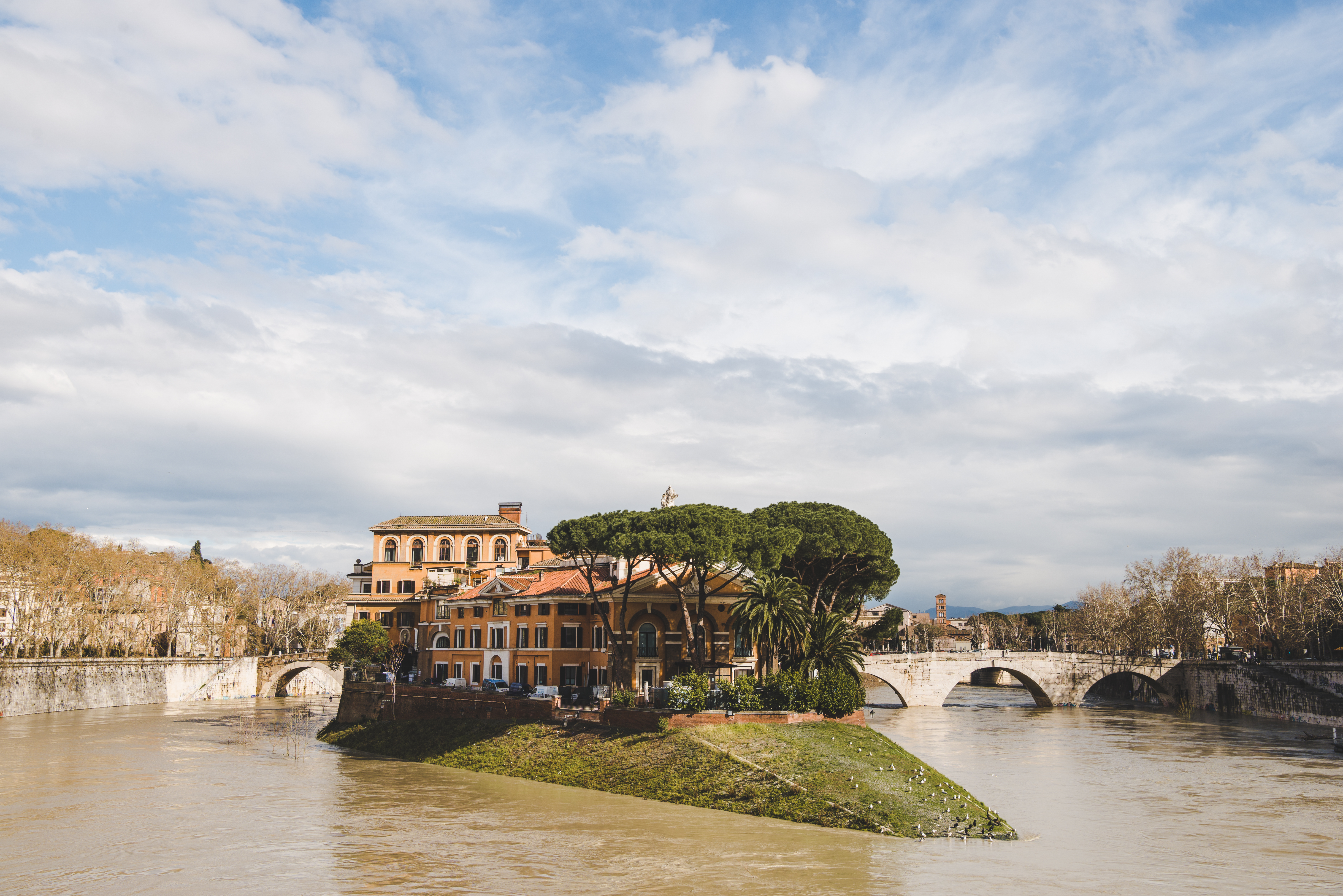
The Tiber Island, a small island in the heart of Rome, is a riverside gem that offers a unique perspective of the city. Connected to the mainland by two ancient bridges, the island is steeped in history and legend. The island's main attraction is the Basilica of San Bartolomeo, a stunning church with a rich history dating back to the 10th century. The island is also home to a hospital, continuing its tradition of healing that dates back to ancient times. The Tiber Island's tranquil atmosphere and scenic views make it a perfect spot for a leisurely stroll or a relaxing picnic. It's a place where the past and present converge, offering a serene escape from the hustle and bustle of the city.
16. The Aventine Keyhole: A Secret View

The Aventine Keyhole, a hidden gem in Rome, offers a secret view that is both enchanting and memorable. Located on the Aventine Hill, the keyhole is part of the Priory of the Knights of Malta. Peering through the keyhole reveals a perfectly framed view of St. Peter's Basilica, creating a magical and unexpected sight. The keyhole is a testament to Rome's ability to surprise and delight, offering a unique perspective of the city's iconic landmarks. The surrounding area, with its lush gardens and historic buildings, adds to the charm of the experience. The Aventine Keyhole is a reminder of the hidden wonders that await those who take the time to explore Rome's lesser-known corners.
17. Janiculum Hill: A Panoramic Retreat

Janiculum Hill, or Gianicolo, offers one of the most stunning panoramic views of Rome. While not one of the original Seven Hills of Rome, it has become a favorite spot for locals and visitors seeking a tranquil escape. This peaceful hilltop is adorned with historic landmarks, including the Garibaldi Monument, celebrating the unification of Italy, and the beautiful Fontana dell’Acqua Paola, a 17th-century Baroque fountain. Each afternoon, a cannon is fired at noon from the hill as a tradition dating back to the 19th century. Janiculum is also home to lush parks, perfect for a leisurely walk, and several quaint cafes where you can enjoy a cappuccino with a view. The hill’s serene ambiance makes it an ideal retreat for those seeking respite from the city’s bustling streets.
18. Quartiere Coppedè: A Hidden Fantasy
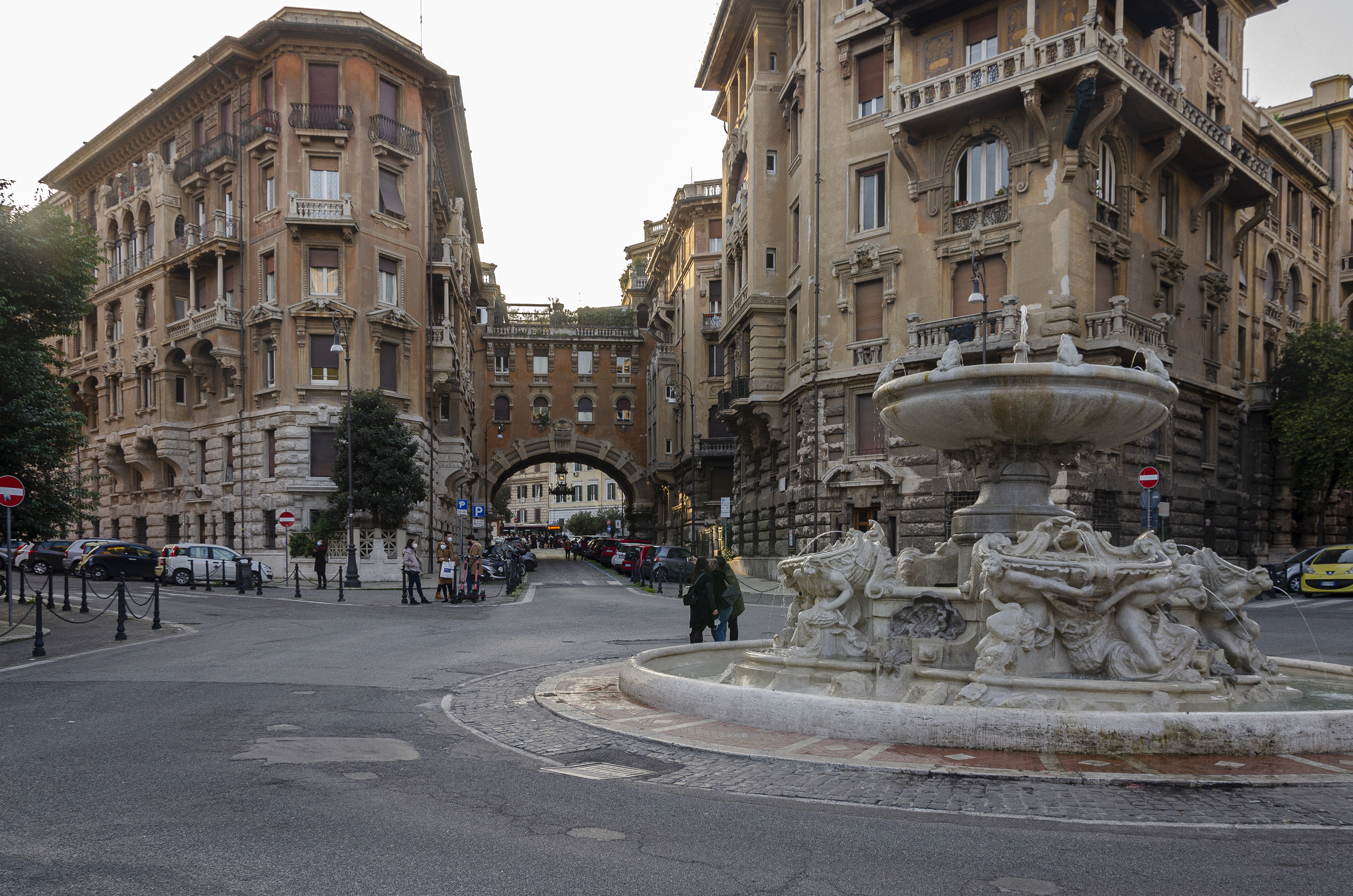
Quartiere Coppedè is a magical neighborhood that feels like stepping into a storybook. Designed by Gino Coppedè in the early 20th century, this small area is a blend of Art Nouveau, Gothic, and Baroque architectural styles. The intricate details of its buildings, adorned with fantastical creatures, flowers, and symbols, are mesmerizing. The centerpiece is Piazza Mincio, where the whimsical Fountain of Frogs adds a playful touch. Quartiere Coppedè is a place of quiet charm, perfect for wandering and marveling at architectural artistry. Its unique atmosphere makes it a favorite for photographers and anyone seeking a glimpse of Rome’s unexpected creativity.
19. Rome's Catacombs: Subterranean Secrets

Exploring Rome’s catacombs offers a fascinating journey into the city’s underground history. These ancient burial sites, such as the Catacombs of San Sebastiano and San Callisto, date back to the early Christian era and provide insight into the lives and traditions of Rome’s early inhabitants. As you walk through the labyrinthine tunnels, you’ll encounter intricate frescoes, inscriptions, and small chapels that tell stories of faith and resilience. Guided tours provide a deeper understanding of these subterranean wonders. Visiting the catacombs is a humbling and awe-inspiring experience, offering a stark contrast to the grandeur of Rome’s surface landmarks.
20. Torre Argentina: A Sanctuary for Cats
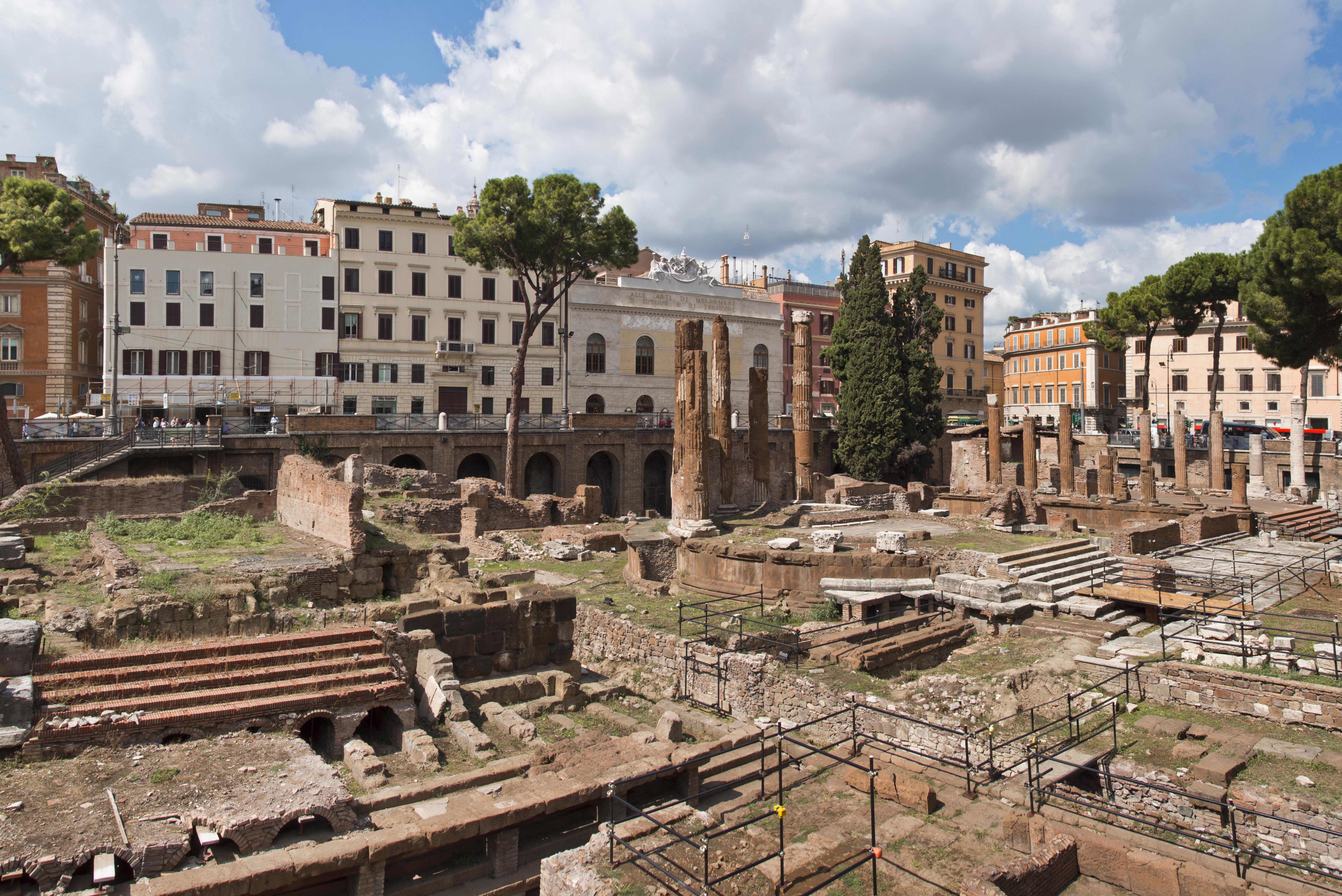
Largo di Torre Argentina is a fascinating archaeological site with a heartwarming twist. This square contains the remains of four ancient Roman temples and is believed to be the site where Julius Caesar was assassinated. However, it’s also home to the Torre Argentina Cat Sanctuary, where hundreds of stray cats roam freely among the ruins. The sanctuary cares for these feline residents, and visitors are welcome to interact with them or support the initiative. The juxtaposition of ancient history and modern compassion makes Torre Argentina a uniquely Roman experience.
21. Villa Doria Pamphili: Rome's Largest Park
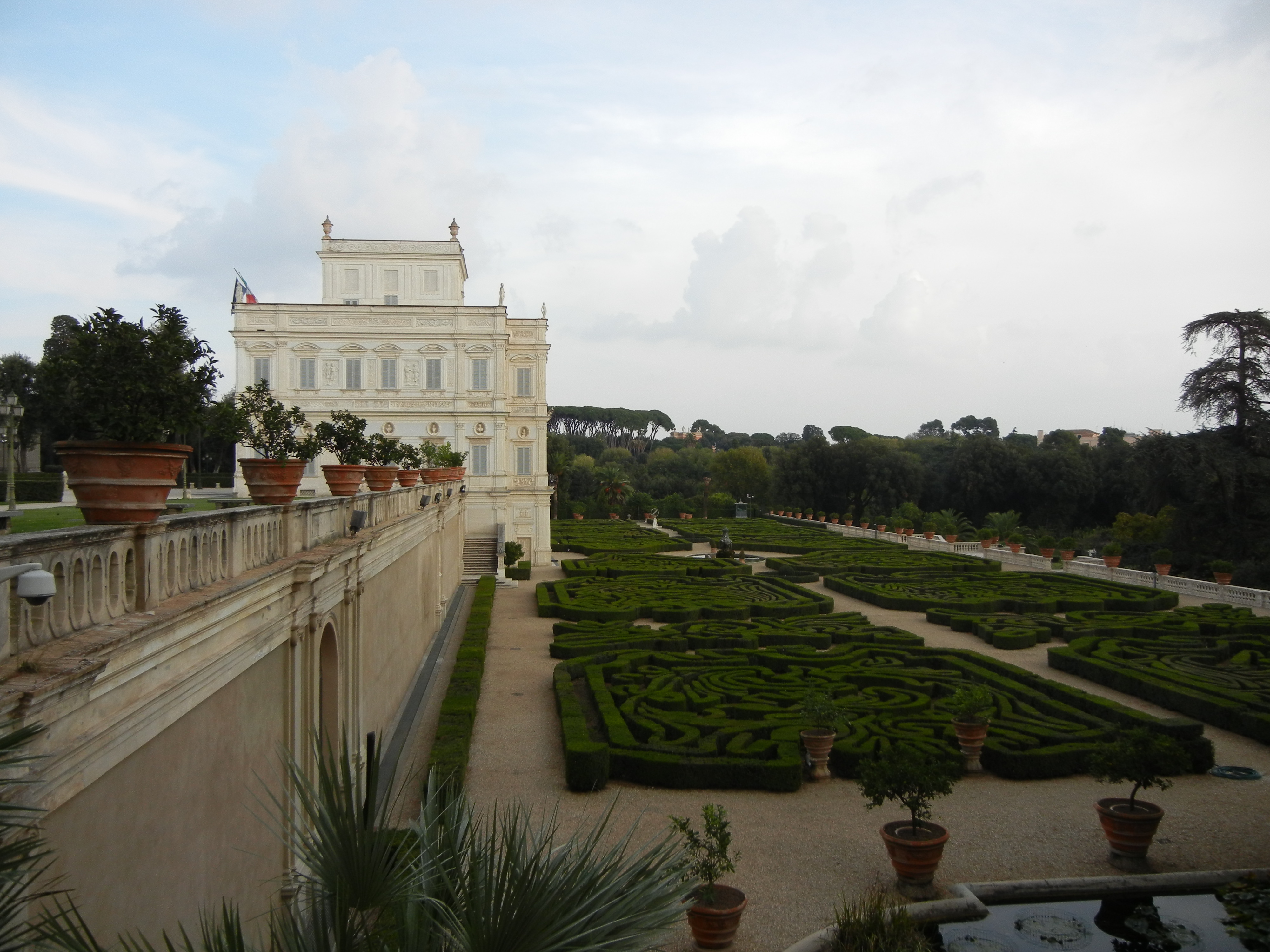
Escape the urban hustle at Villa Doria Pamphili, Rome’s largest landscaped park. Located in the Trastevere district, this sprawling green space offers picturesque gardens, serene lakes, and shaded trails perfect for walking, jogging, or cycling. The park is centered around the 17th-century Casino del Bel Respiro, a stunning villa surrounded by manicured lawns. Whether you’re picnicking with friends or enjoying a quiet moment of reflection, Villa Doria Pamphili provides a refreshing slice of nature within the city.
22. Mercato di Testaccio: A Food Lover’s Paradise
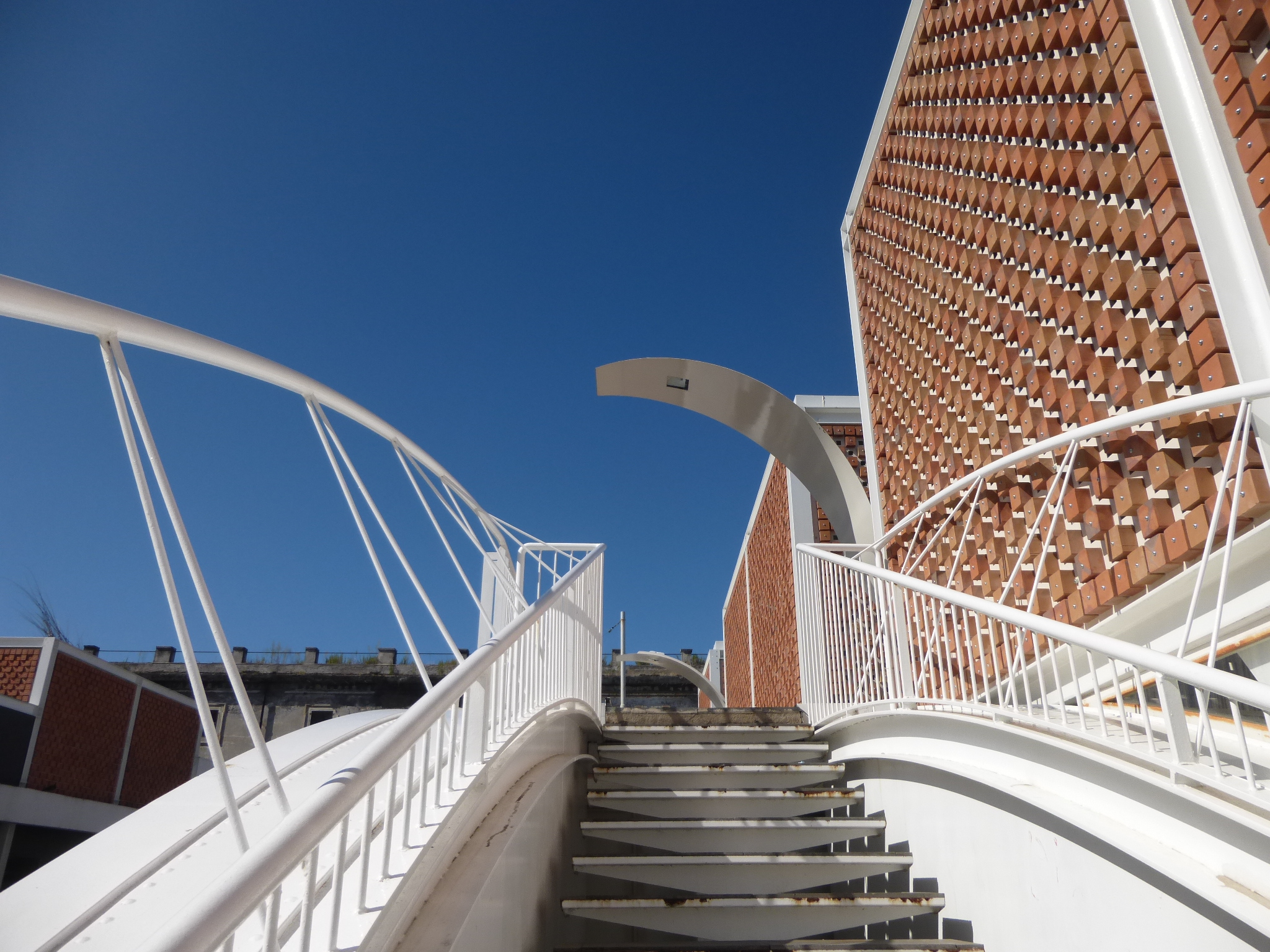
Mercato di Testaccio is a haven for food enthusiasts. This modern market is a treasure trove of Roman culinary delights, from freshly baked bread to artisanal cheeses and handcrafted pasta. Sample street food favorites like supplì (fried rice balls) and pizza al taglio, or sit down for a leisurely meal at one of the market’s small eateries. The market is also a cultural hub, hosting workshops and events that celebrate Rome’s gastronomic heritage. A visit to Mercato di Testaccio is a feast for the senses and an essential stop for any food lover.
23. Ponte Milvio: The Bridge of Love

Ponte Milvio, one of Rome’s oldest bridges, has become a romantic hotspot. Couples flock here to attach padlocks to the bridge as a symbol of their love, inspired by a popular Italian novel. While the locks have been periodically removed to preserve the bridge, the tradition endures. Beyond its romantic appeal, Ponte Milvio offers beautiful views of the Tiber River and serves as a vibrant gathering place, especially in the evenings when nearby cafes and bars come alive. It’s a charming spot to soak in the local ambiance and enjoy the magic of Rome at night.
24. Palazzo Doria Pamphilj: A Hidden Art Gallery
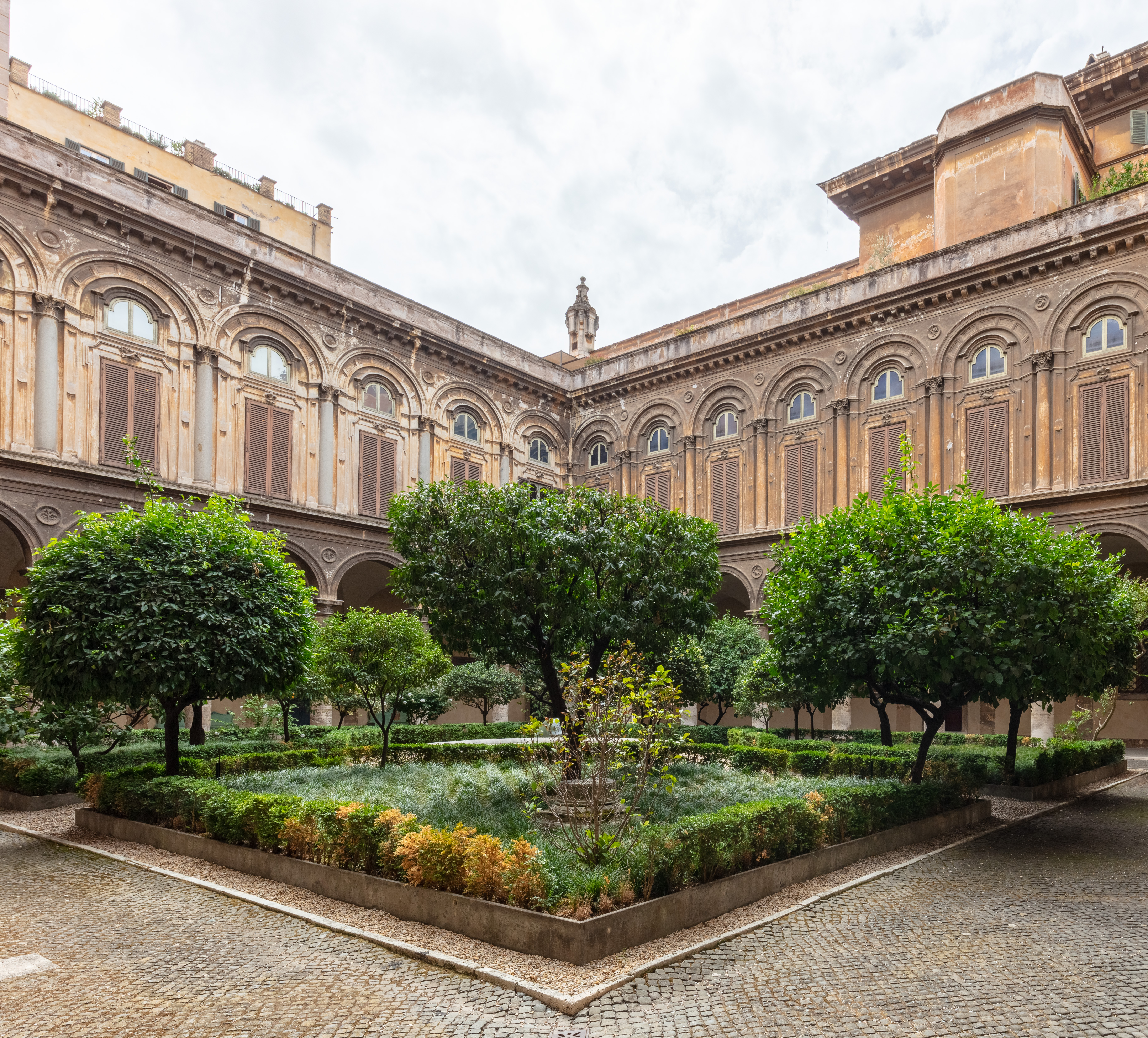
The Palazzo Doria Pamphilj is a hidden gem in the heart of Rome, offering a glimpse into the opulent world of Italian nobility. This private palace houses one of the city’s most impressive art collections, featuring masterpieces by Caravaggio, Velázquez, and Titian. The gilded halls and ornate salons transport visitors to a bygone era of luxury and refinement. The palace’s audio guide, narrated by a member of the Doria Pamphilj family, adds a personal touch to the experience. Exploring this treasure trove of art and history is a journey into Rome’s aristocratic past.
25. Basilica di San Clemente: Layers of History
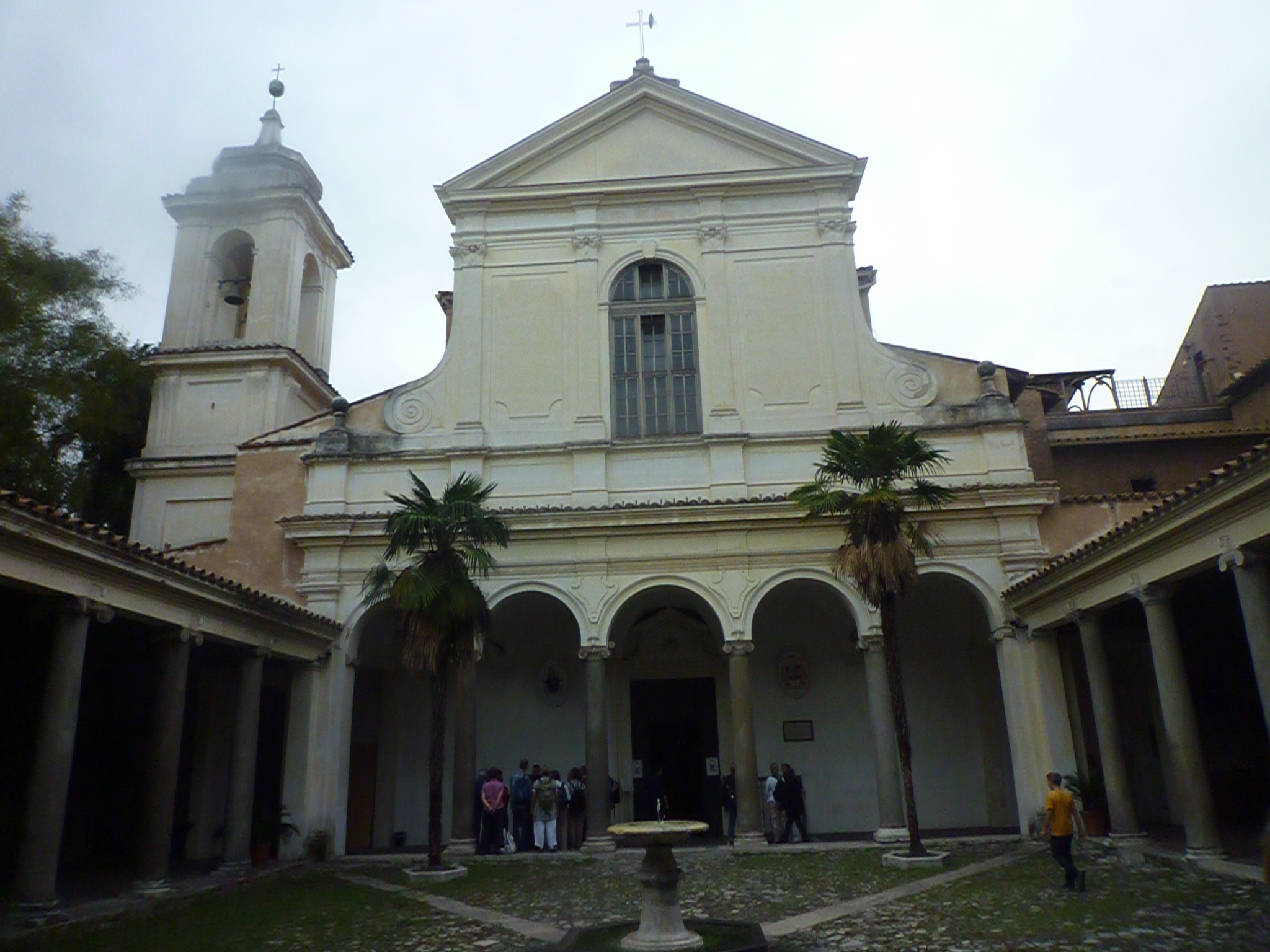
The Basilica di San Clemente is a fascinating archaeological and architectural marvel. This multi-layered site consists of three levels, each representing a different era of Rome’s history. The present-day basilica, built in the 12th century, features stunning mosaics and frescoes. Beneath it lies a 4th-century church, and even deeper, the remains of a 1st-century Roman house and Mithraic temple. The basilica’s layered history provides a unique opportunity to explore Rome’s evolution over the centuries. It’s a must-visit for history buffs and those seeking a deeper understanding of the city’s rich heritage.
26. Porta Portese Market: Rome’s Flea Market Treasure

Every Sunday, Trastevere transforms into a buzzing maze of vintage finds and local chaos at Porta Portese, the largest flea market in Rome. From antique jewelry to secondhand vinyl and obscure Italian novels, this place is a rummager's dream. But it’s not just about bargains—it’s a living tapestry of Roman street life. Locals haggle with flair, tourists stumble upon curiosities, and hidden stories lie in every dusty corner. Go early, stay alert, and don’t forget to grab a cornetto and espresso from a local café after—you’ll need the energy.
27. Quartiere Flaminio: Modern Rome’s Cultural Pulse

Tucked just north of the city center, Flaminio is where contemporary Rome comes alive. Anchored by the MAXXI (Museum of 21st Century Arts), this neighborhood juxtaposes sleek architecture with old-school Roman sensibilities. Art installations spill into the streets, and the Auditorium Parco della Musica hosts world-class performances year-round. It's also home to stylish cafés, design shops, and uncrowded river walks. Flaminio is Rome without the filter—less postcard, more pulse—perfect for those craving substance over spectacle.
28. Cinecittà Studios: Hollywood-on-the-Tiber

For cinephiles, Cinecittà isn’t just a film studio—it’s sacred ground. Dubbed “Hollywood on the Tiber,” this legendary complex hosted productions from Fellini’s masterpieces to HBO’s Rome. A guided tour takes you through historic sound stages, costume rooms, and elaborate sets still intact. You’ll see where ancient cities were resurrected in plaster and paint, and where Italy once dreamed on celluloid. It’s an immersive, cinematic detour—and a sharp contrast to Rome’s ancient ruins.
29. Cimitero Acattolico: Poetry in Marble
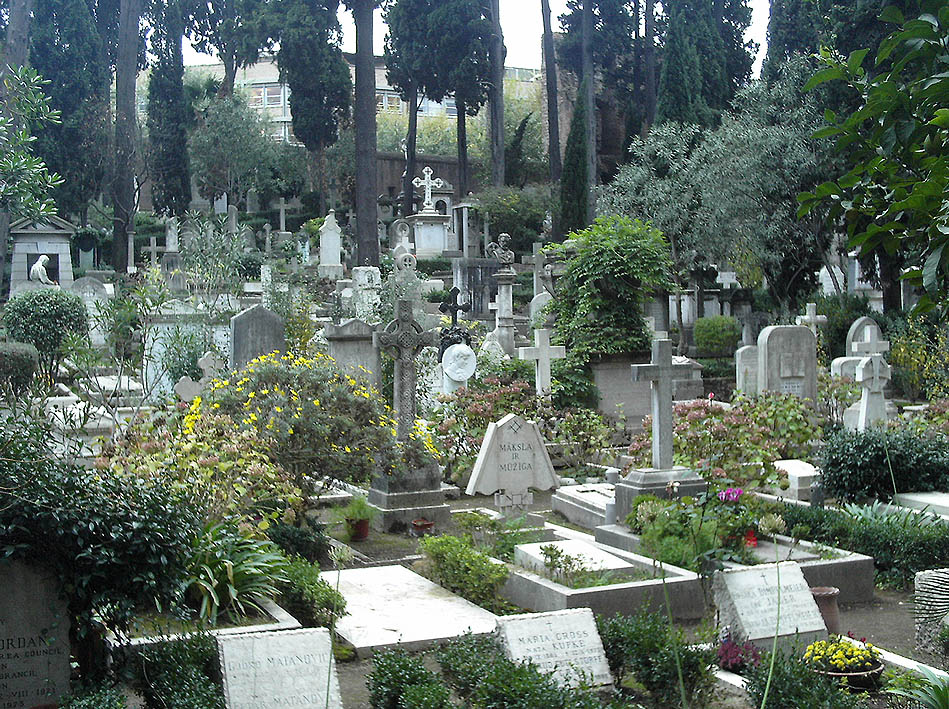
Also known as the Non-Catholic Cemetery, this serene sanctuary near Piramide holds the graves of poets Keats and Shelley. But it’s not just a graveyard—it’s a work of art. Cypress trees shade intricate tombs, cats laze on warm stone, and inscriptions speak of love, exile, and longing. The air is quiet, reverent, poetic. Far from being morbid, it feels strangely alive—a place to reflect, recharge, and remember that even eternity can feel gentle in Rome.
30. Basilica di Santo Stefano Rotondo: Rome’s Round Church

A departure from typical Roman basilicas, Santo Stefano Rotondo stuns with its rare circular layout and macabre frescoes depicting martyrdom in chilling detail. It’s raw, haunting, and unforgettable. The church dates back to the 5th century and offers a stark, contemplative space far removed from the tourist crush. Here, architecture and theology intertwine in brutal honesty—making it one of Rome’s most underappreciated spiritual experiences.
31. Parco degli Acquedotti: Rome’s Ancient Backbone

This vast park in the Appian outskirts showcases towering remnants of the ancient aqueducts that once fed the empire. More than a photo op, it’s a lesson in infrastructure, engineering, and empire-building. Locals jog beneath these stone giants, children play football in their shadows, and shepherds still tend sheep nearby. The contrast is surreal: pastoral calm framed by the colossal bones of civilization. Go for the walk, stay for the humility.
32. Biblioteca Angelica: A Hidden Intellectual Haven

Steps from Piazza Navona, the Biblioteca Angelica offers silence, scent, and history. One of Europe’s oldest public libraries, it’s home to thousands of rare volumes, including illuminated manuscripts and early editions of Dante. The vaulted reading room, with its towering wooden shelves and long desks, feels plucked from another century. While visitors can’t freely browse, a guided visit or quiet observation delivers that rarest Roman sensation: stillness steeped in soul.
33. The Protestant Cemetery Café: Quiet with a View
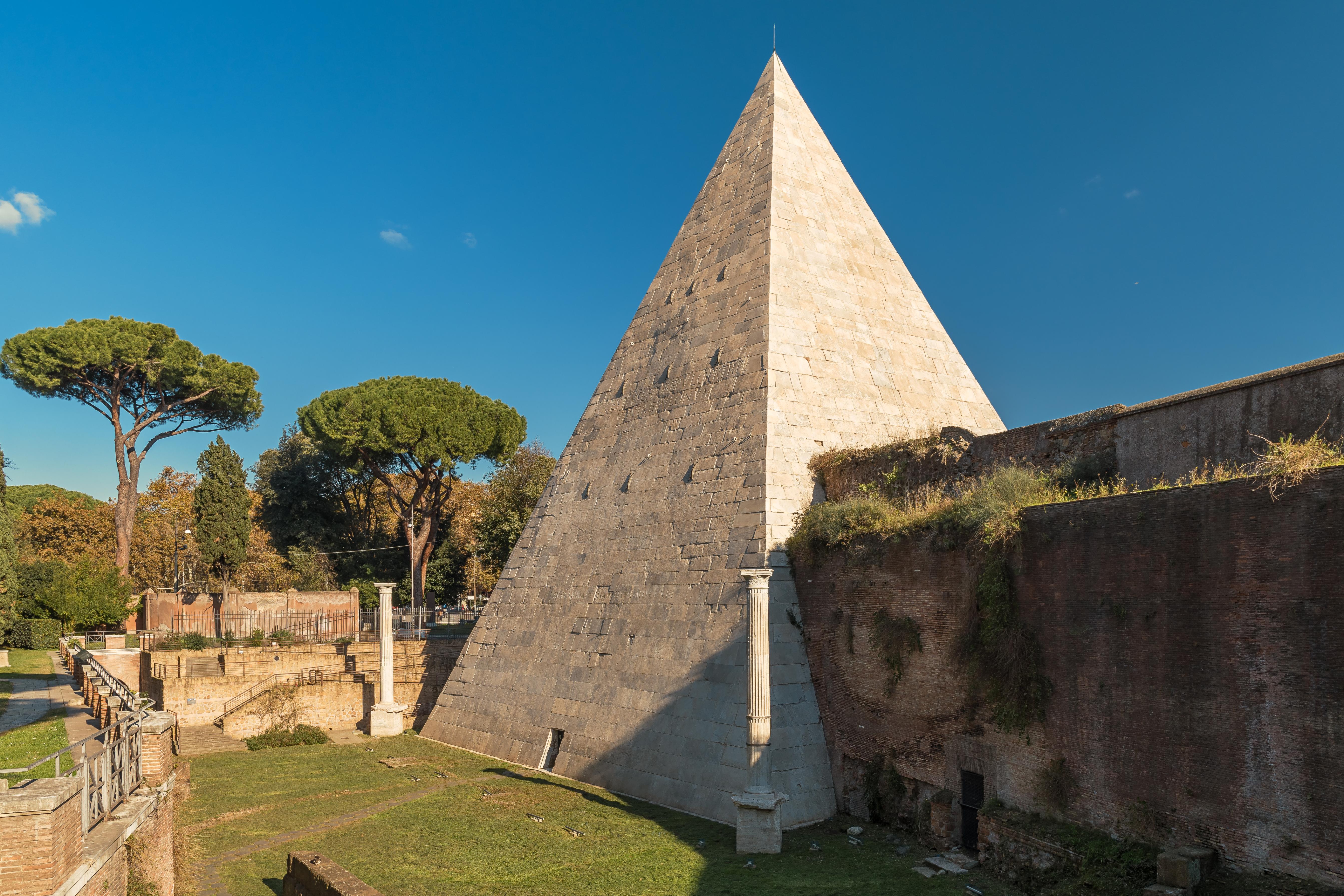
Tucked near the Cimitero Acattolico, this unassuming café offers strong coffee and a panoramic view of the Pyramid of Cestius. Unlike Rome’s more crowded spots, it’s low-key, literary, and deeply local. Writers, academics, and dreamers often linger here with a notebook or book in hand. It’s ideal for a reflective afternoon with no itinerary—just history, caffeine, and a slow, golden Roman sun.
34. Palazzo Altemps: Where Gods Whisper
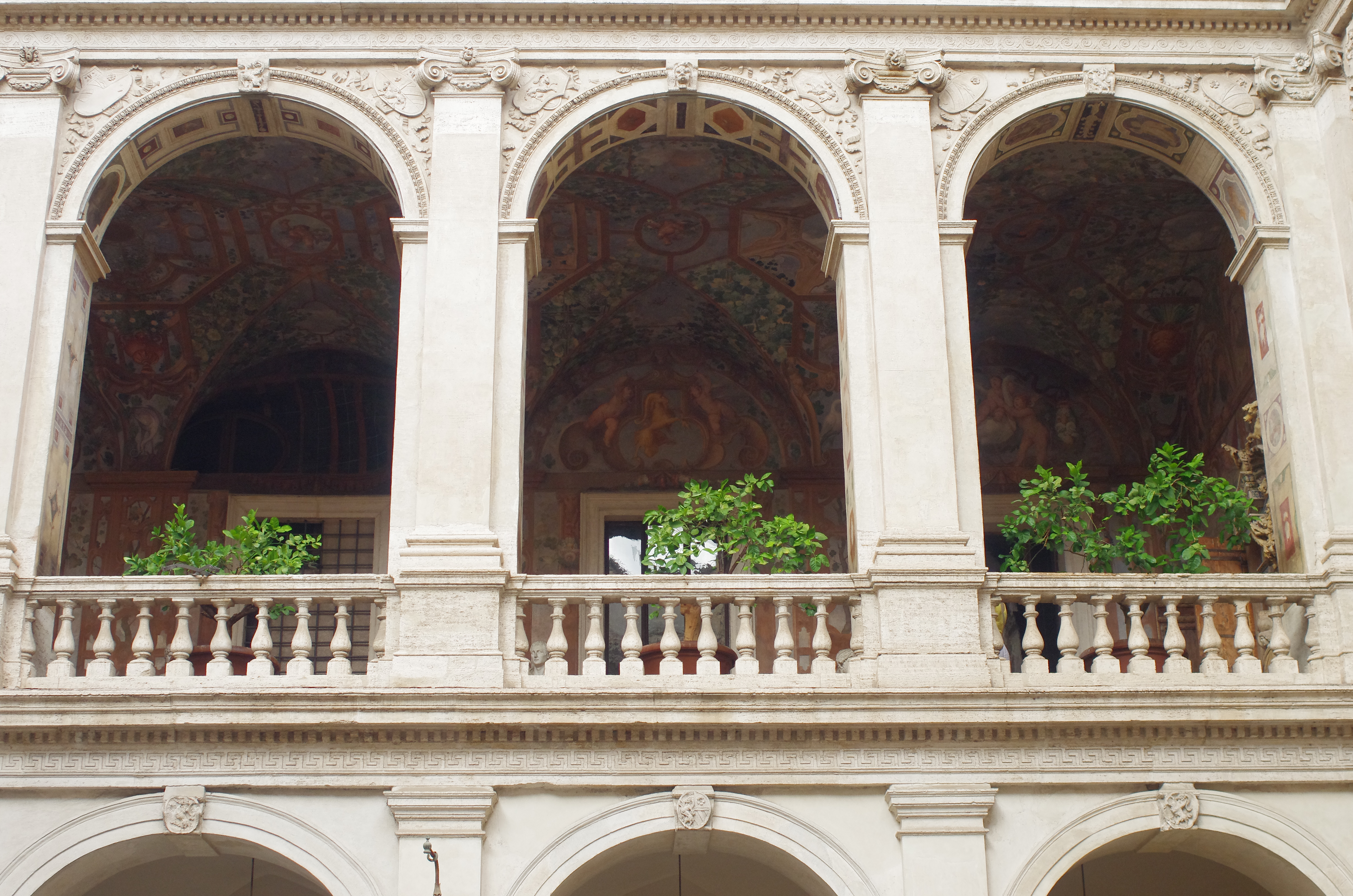
Part of the National Roman Museum network, Palazzo Altemps is easily missed—and that’s its power. Housed in a 15th-century palace, it contains some of the most exquisite ancient sculptures in Rome, including works that once belonged to aristocratic collectors. The art is sublime, but the setting elevates it: grand halls, frescoed ceilings, and whispering staircases. If the Vatican overwhelms, Altemps restores—intimate, elegant, and utterly human.
35. Rome’s Water Fountains: Nasoni with a Legacy

Scattered across the city, Rome’s “nasoni” (big noses) are cast-iron fountains with cool, drinkable water straight from aqueduct-fed sources. Locals know: if it’s flowing, it’s fresh. Refill your bottle, splash your face, watch the kids play. Some are centuries old, with lion heads or Baroque flourishes. In summer heat, they’re lifesavers. But symbolically, they remind you that in Rome, even hydration carries the memory of empire—engineered, generous, and built to last.
To truly know Rome is to wander past its postcards. It's found not just in the grandeur of the Colosseum, but in the quiet curve of a cobblestone alley. In a whispered prayer at a forgotten basilica. In the steam rising from a plate of cacio e pepe served where no menu is printed. These 35 experiences aren’t curated for tourists—they’re invitations. To pause. To listen. To feel the centuries pressing up against your skin. Because Rome isn’t a checklist; it’s a living city, layered in beauty, contradiction, and soul. Every fountain, every fresco, every shadowed piazza holds a story that won’t shout to be seen—but waits to be found.





